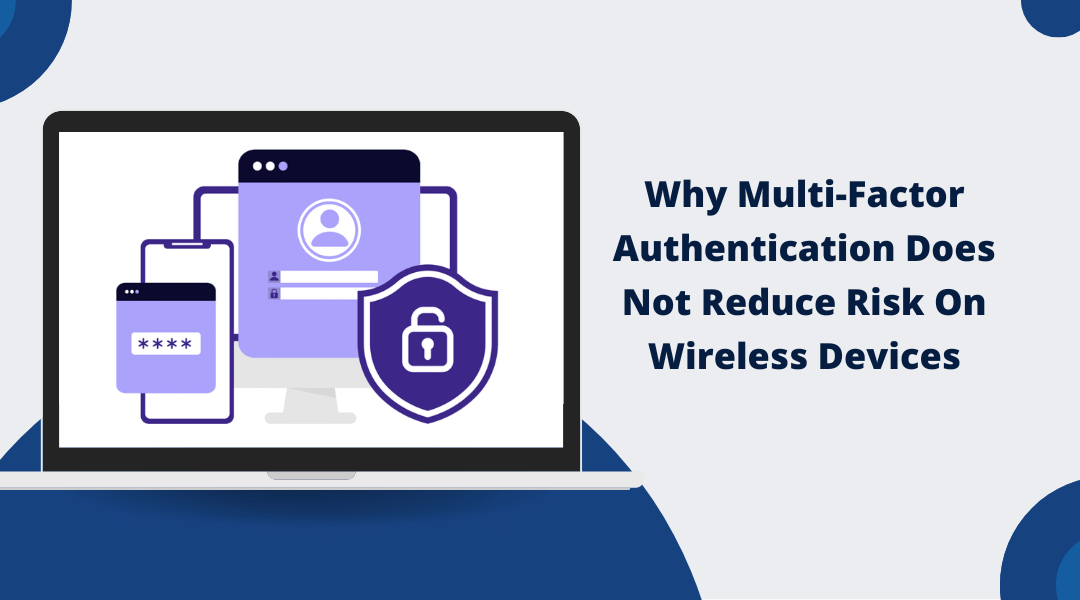Cyber Security Insights
Our Cyber Security Insights provide comprehensive information on safeguarding digital assets and protecting against cyber threats. Learn about the latest trends in cyber security, including threat detection, risk management, and incident response. Discover how to implement robust security measures, adhere to best practices, and stay compliant with industry standards. Gain expert insights into the tools, techniques, and strategies that enhance your organization’s security posture and ensure the confidentiality, integrity, and availability of your data.







![XML External Entity (XXE) Injection: Risks, Examples & Prevention Tips [2025]](https://sslinsights.com/wp-content/uploads/2025/06/xml-external-entity-injection-1080x600.webp)

